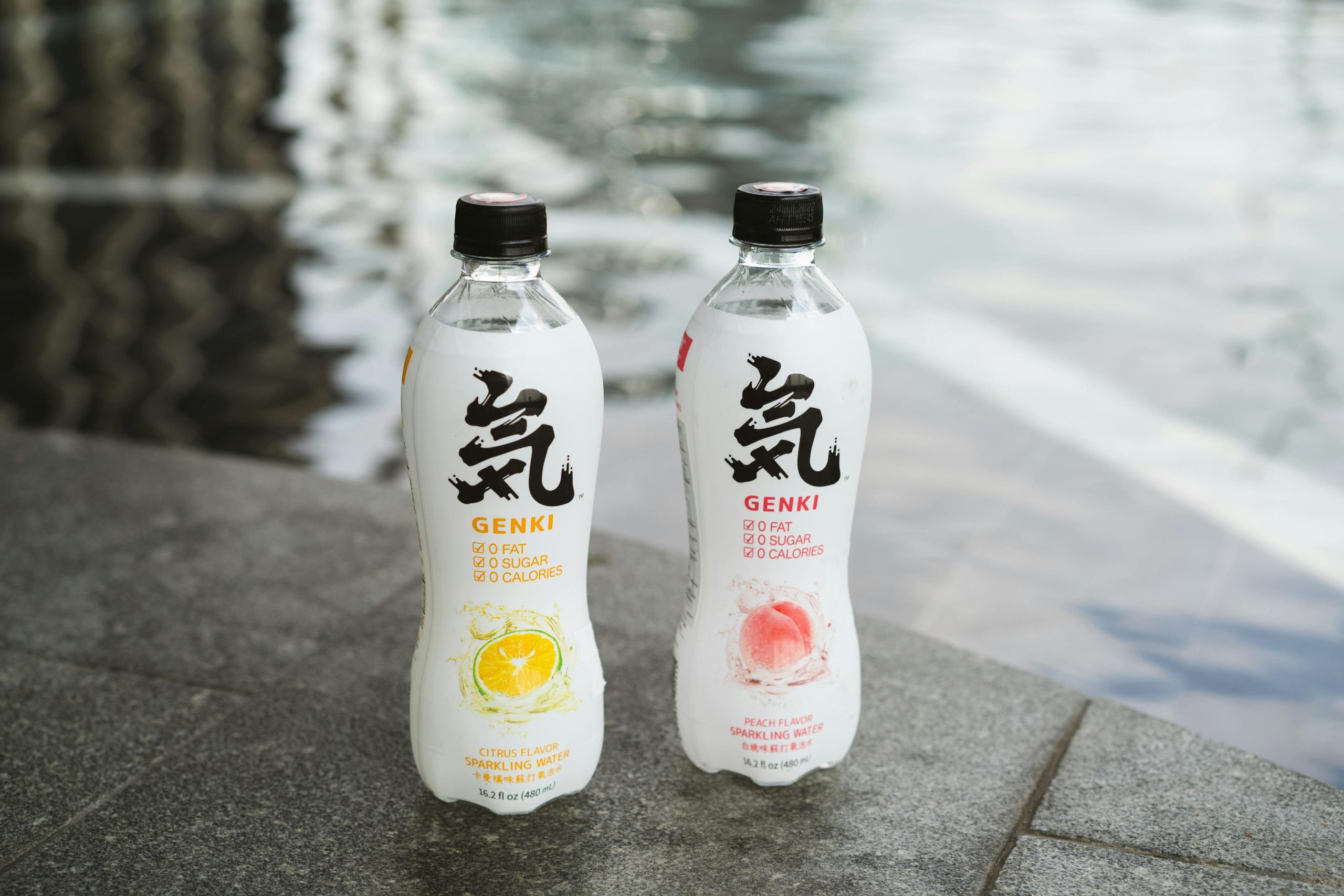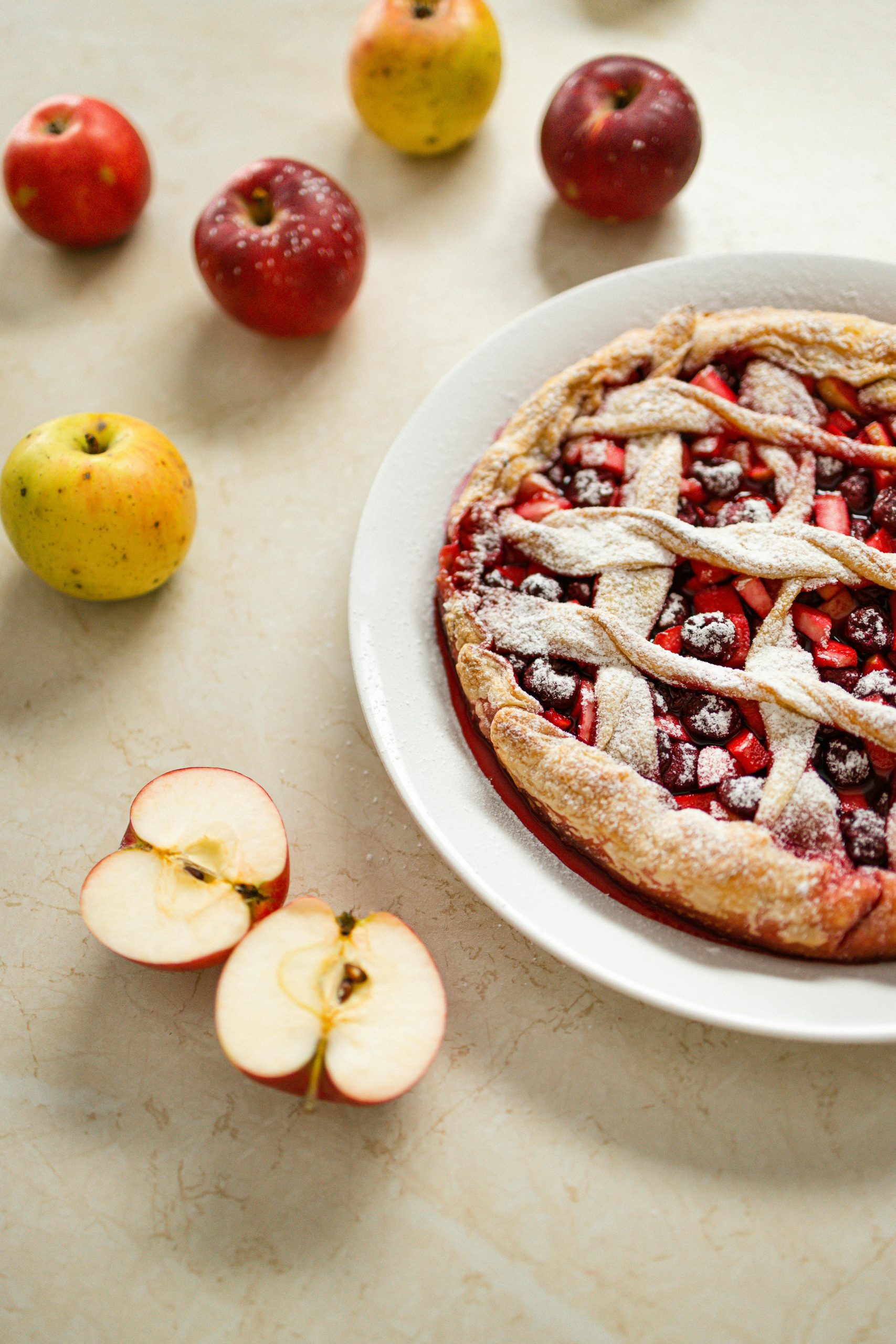Food manufacturers are masters of psychology, using clever language and design on their packaging to make products seem healthier than they are. This marketing technique, known as creating a “health halo,” tricks our brains into giving a food item a pass. We feel less guilty about consuming it, which often leads us to eat larger portions or more frequently than we otherwise would. By understanding these ten common packaging lies, you can see past the marketing and make more informed choices about what you eat.

1. The “Fat-Free” Fallacy
When a product’s label proudly proclaims that it is “fat-free,” many people assume it is a healthy, low-calorie choice. However, manufacturers almost always replace the fat with massive amounts of sugar, high-fructose corn syrup, and sodium to make the product taste good. This marketing trick leads people to overeat sugary snacks like fat-free cookies or gummy candies, believing they are making a healthy decision.
2. Unrealistic Serving Sizes
The nutrition label on a bag of chips or a bottle of soda is often the biggest lie of all. A small, single-serving bag of chips will list the serving size as “2.5 servings,” presenting a deceptively low calorie count that no one actually follows. People eat the whole bag, consuming two or three times the listed calories and fat without realizing the label’s serving size was unrealistic.
3. “Made with Real Fruit”

Snacks like fruit gummies and breakfast pastries often feature pictures of fresh fruit and the claim “Made with Real Fruit” on the box. While technically true, the “real fruit” is often just a minuscule amount of fruit juice concentrate or purée. The primary ingredients are usually corn syrup and sugar, making the snack no healthier than a regular piece of candy.
4. The “All-Natural” Illusion
The word “natural” on a food label has no official FDA definition, making it a meaningless marketing term. Food companies use it on products that are highly processed and loaded with sugar, salt, and unhealthy fats. For example, “natural” potato chips are still just fried potato slices, and “natural” cane sugar soda is just sugar water, but the label gives people a false sense of health that encourages overconsumption.
5. “A Good Source of…”
Packaging will often highlight a single positive nutrient to distract from all the negative ones. A sugary cereal might be advertised as a “Good Source of Vitamin D,” or a salty cracker might be a “Good Source of Fiber.” This creates a health halo. This makes you focus on the one benefit while ignoring the fact that the product is also high in sugar, sodium, or refined carbohydrates.
6. The “Gluten-Free” Gimmick
For people with celiac disease, the gluten-free label is essential. However, manufacturers now place this label on products that never contained gluten in the first place. This leads many consumers to mistakenly believe that “gluten-free” is synonymous with “healthy,” causing them to overeat snacks that are still high in calories, fat, and sugar.
7. Pictures of Healthy Ingredients
Food packaging often shows an image of the product surrounded by fresh, wholesome ingredients that are barely in the actual food. A box of processed cheese crackers might feature a picture of a rustic block of aged cheddar. A sugary fruit punch might be shown next to a bowl of fresh berries. These images create an association with health that the product itself does not deserve.
8. “Zero Trans Fat”
While the FDA has banned artificial trans fats, companies can still label a product as having “zero grams of trans fat” if it contains less than 0.5 grams per serving. The lie comes from the unrealistic serving size. If you eat three or four servings of that product, you could still be consuming a significant and harmful amount of this artery-clogging fat.
9. Earth-Tone and Green Packaging
Marketers know that colors have a powerful psychological effect. They often use green, brown, and other earthy tones on the packaging for processed snacks. This is designed to make you subconsciously associate the product with nature, health, and sustainability, even if the ingredients inside are highly artificial and processed.
10. “Made with Whole Grains”
This claim sounds healthy, but it can be very misleading. A product can be “made with” whole grains while still being composed mostly of refined white flour. Unless the package says “100% Whole Grain,” you are likely eating a product that has only a small, token amount of whole grains, and you are not getting the health benefits you think you are.
Seeing Through the Spin
The most effective tool you have against these marketing tricks is the ingredient list and the nutrition panel. Food companies will always use the front of the box to tell you a story. It is up to you to turn the box over and read the facts. By ignoring the misleading claims and focusing on the hard data, you can take back control of your diet.
What’s the most misleading food label you’ve ever seen? How do you avoid falling for these marketing tricks when you shop? Share your strategies!
Read More
12 Things That Were Normal in the 90s But Would Be Banned Today
7 Pet Foods That Were Banned in Multiple Countries
The post 10 Food Packaging Lies That Make You Overeat appeared first on Grocery Coupon Guide.







